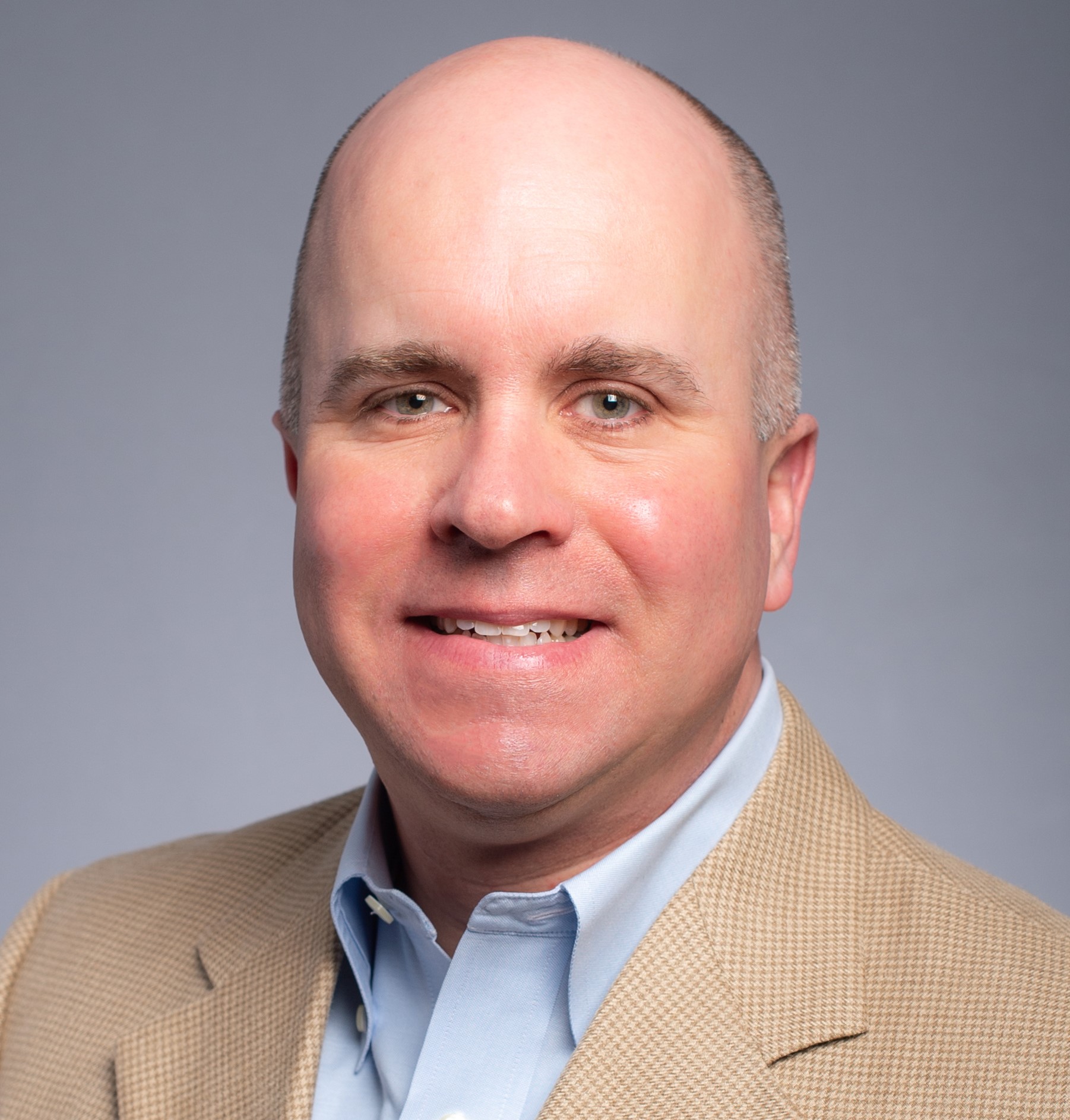Each year the School of Medicine recognizes faculty members in their class of James A. Pittman Jr., M.D., Scholars. This year Blake "Eason" Hildreth, Assistant Professor, Molecular & Cellular Pathology, has been named of one of 10 faculty in the 2021 cohort.

The Pittman Scholars program recognizes the impacts of junior faculty and supports the recruitment and retention of highly competitive scientists and physician-scientists. The program is named for the late James A. Pittman, Jr., M.D., longtime dean of the School of Medicine from 1973 to 1992. Pittman is considered a principal architect of the School for his ability to recruit top scientists and physicians to UAB.
"I am extremely honored to not only receive the nomination and support to become a Pittman Scholar by Drs. George Netto, Ralph Sanderson, Yabing Chen, and Rakesh Patel, but to then be chosen to be a Pittman Scholar," Hildreth says. "I am extremely familiar with the prestige of this award and excellence of those before me that have received this award."
"One of my career goals is to continue to build on the rich tradition of cancer and bone research here at UAB. Receipt of this 2021 James A. Pittman, Jr., MD, Scholars Award will further elevate the pursuit of this goal. This award will help support all of our ongoing research efforts and to venture into new ideas and projects that are presently developing."
Recipients are nominated by their department chairs based on their research achievements and their potential for continued discovery in the basic or clinical sciences. Pittman Scholars are selected each academic year. The selected class of scholars receive $10,000 per year for five years to support the faculty member’s research-related activities or scholarly enrichment.
Dr. Hildreth's research at UAB builds upon his post-doctoral work, investigating the role of the transcription factor PU.1 in normal osteoclast differentiation. He explains:
"Osteoclasts are derivatives of the myeloid/macrophage lineage. In normal skeletal homeostasis, osteoclasts constantly remove bone in order for osteoblasts to form new bone. However, in certain disease states, including when cancer spreads to bone, osteoclast activity is markedly increased which leads to bone loss. A major focus in the field of musculoskeletal research is how to inhibit elevated osteoclast activity in such pathologies. In cancer, just as they initially respond during infection and wounding, macrophages elicit a pro-inflammatory response to eliminate cancer cells. However, the cancer cells reprogram or 'repolarize' these macrophages to be anti-inflammatory, establishing angiogenesis and tumor immunosuppression. In breast cancer, macrophages can represent up to 50% of the cells within the tumor microenvironment. Therefore, there is great interest in how macrophages drive tumor progression and the development of ways to inhibit these macrophages and/or “repolarize” these macrophages to in fact combat the cancer cells and inhibit tumor growth. From this, I became very interested in the role of macrophages in breast cancer and macrophages and osteoclasts in bone metastasis.
My research since coming to UAB is in three focus areas:
Project 1: Macrophage and osteoclast-specific targeting for the prevention and treatment of breast cancer metastasis (primarily focused on bone metastasis). We use multiple genetically-modified mouse models to investigate the role of the transcription factor PU.1 in macrophages and osteoclasts.
Project 2: Therapeutic targeting of tumor-associated macrophages as a means to treat primary breast cancer tumors and prevent and treat metastasis. This is a really exciting collaboration with Dr. Eugenia Kharlampieva’s laboratory in the Department of Chemistry. We are modifying drugs that we have shown to inhibit macrophage activity such that now the drugs only affect macrophages and not other cells of the body. A “targeted” therapy.
Project 3: Transcriptional regulation of macrophage polarization. This work, while cancer-related at the moment, has the potential to have a much broader impact in diseases associated with excessive or abnormal macrophage or osteoclast activity.